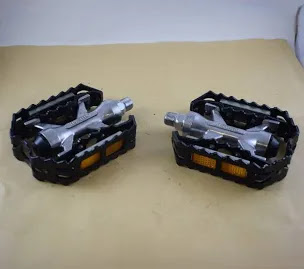During the Olympic Games, not all cyclists are on the track or trails, or on streets set aside for the road races and time trials. And they’re not all commuters: After all, Paris (and France) has a reputation for being “closed” in August, when residents leave for vacations in the countryside or abroad.
Rather, many of the cyclists along the Quai d’Orsay and other popular venues are visitors. Velib (the city’s bike share network) use is up 11 percent from last year in spite of bad weather. Much of that increase can be attributed to a 44 percent rise in temporary passes.
It’s difficult not to think that visitors are encouraged by the network of bike lanes that laces the City of Light and the auto-free zones created in other parts of the city. Also, Velib has installed additional docking stations at the entrances to Olympic venues and other key locations.
 |
| Illustration by Logan Guo |
The campaign to make Paris less car-congested and more bik-friendly began shortly after current mayor Anne Hidalgo was first elected ten years ago and was no doubt accelerated by planning for the Olympics. In contrast to American cities—like my hometown of New York—that have made efforts that are more sporadic and less organized—visitors and residents alike seem to enjoy the car-free spaces. I wonder whether the visitors be motivated by their memories of cycling the city—or simply enjoying coffee by the Champ de Mars or Rue de Rivoli—and help to make their hometowns more bike-friendly or simply more pleasant and sustainable. I just hope they won’t blame a new bike lane for “taking “ “their” parking spaces, as happens so often here in New York.


